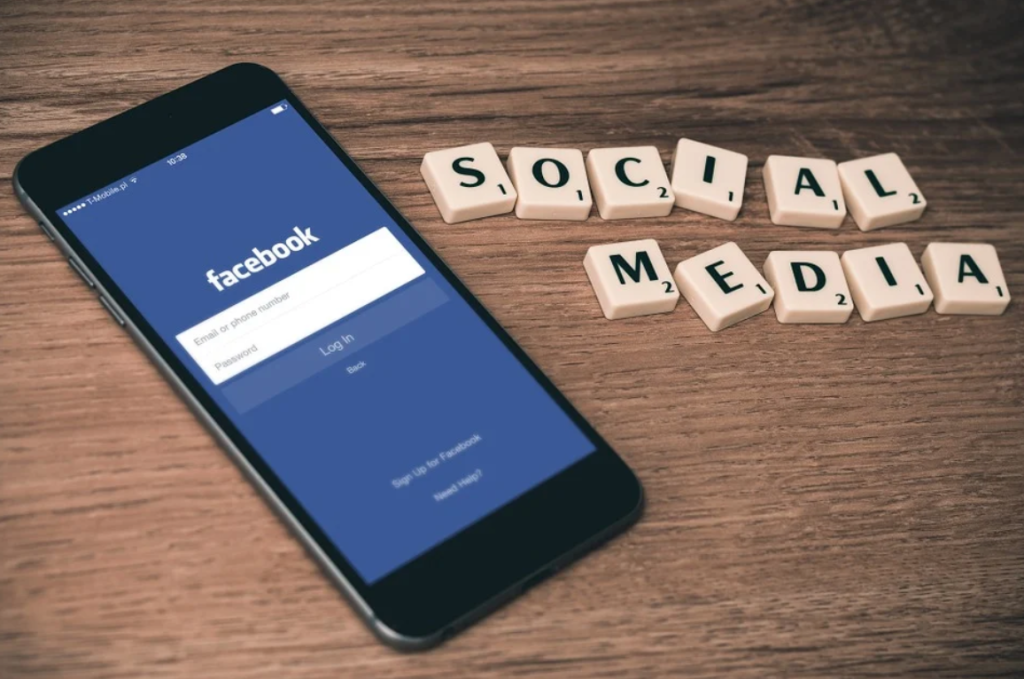The Double-Edged Sword of Social Media in Personal Injury Cases
In today’s interconnected world, social media has become an integral part of our lives. We use it to connect with loved ones, stay informed about current events, and share our experiences. However, this very platform that facilitates communication and connection can have significant implications for individuals pursuing personal injury claims. Social media can be a double-edged sword, offering both potential benefits and substantial risks that demand careful consideration.
One of the ways social media can be helpful in a personal injury case is by providing a valuable source of evidence. Bystanders or those involved in the incident may have captured photos, videos, or posted comments online that can corroborate an injured party’s account of events. This digital evidence can be crucial in establishing liability and proving the sequence of events leading to the injury. For instance, in a car accident case, social media footage might reveal the at-fault driver’s negligent actions or the hazardous conditions that contributed to the collision.
Social media can also assist in identifying the responsible party, particularly in hit-and-run cases where the perpetrator flees the scene. In such situations, online posts, eyewitness accounts, and even vehicle descriptions shared on social media can be instrumental in locating the individual responsible. Furthermore, social media platforms can facilitate connections between victims of the same incident, allowing them to share information, gather collective evidence, and offer mutual support during a challenging time.
Beyond evidence gathering and networking, social media can play a role in demonstrating the impact of the injury on the victim’s life. By sharing pre-injury posts showcasing their activities, hobbies, and overall lifestyle, individuals can illustrate the extent to which their quality of life has been affected by the incident. This can be particularly relevant when seeking damages for physical disability, pain and suffering, and loss of enjoyment of life.
However, the potential downsides of social media use during a personal injury case can significantly outweigh the benefits. Any information shared online, including seemingly innocuous posts, can be scrutinized and potentially used against the claimant. Inconsistencies between statements made in legal proceedings and information presented on social media can damage a person’s credibility. For example, if an individual claims severe back pain but posts videos of themselves engaging in strenuous physical activities, the defense may question the veracity of their injury claim.
Furthermore, casual comments or apologies made on social media regarding the incident, even if intended as polite gestures, can be misconstrued as admissions of fault. Even expressing opinions or speculations about the cause of the accident can be detrimental. It’s essential to remember that anything posted online can be taken out of context and used to undermine a case.
Seeking advice from online communities regarding legal matters can also be risky. While well-intentioned, non-experts may offer inaccurate or misleading guidance that could jeopardize a claim. Even those with some legal knowledge may not be familiar with the specific nuances of personal injury law or the individual’s particular circumstances. Relying on such advice can lead to missteps and negatively impact the outcome of the case.
Another concern is the inadvertent involvement of friends and family through social media. Even if an individual refrains from posting about their case, others might tag them in photos or posts that could be misconstrued. For instance, being tagged in a picture showing participation in activities that seem inconsistent with the claimed injuries can raise doubts about the extent of their limitations.
Given the potential pitfalls of social media, it’s advisable for individuals pursuing personal injury claims to exercise extreme caution. Ideally, minimizing social media activity until the case is resolved is the safest course of action. Refraining from sharing personal photos, videos, or any information related to the incident is crucial. Setting social media accounts to private can offer some protection, but it’s important to remember that information can still be leaked or accessed through other means.
The best practice is to consult with a personal injury attorney before posting anything on social media related to the case. An experienced attorney can provide tailored guidance on how to navigate the complexities of social media during legal proceedings. They can advise on the potential risks associated with specific types of posts and help ensure that online activity doesn’t inadvertently harm the case. Furthermore, an attorney can play a vital role in gathering evidence, negotiating with insurance companies, and representing the client’s best interests in court.
In conclusion, while social media can offer some benefits in personal injury cases, such as evidence gathering and connecting with other victims, the potential risks are substantial. The possibility of misinterpretations, inconsistencies with legal claims, and inadvertent disclosures makes it imperative to exercise caution and seek professional legal counsel before engaging with social media during a personal injury case. Protecting the integrity of a claim requires a mindful approach to online activity, recognizing the potential for even seemingly harmless posts to have unintended consequences. Consulting with an attorney early in the process can provide invaluable guidance and ensure that social media use doesn’t inadvertently undermine the pursuit of just compensation.


